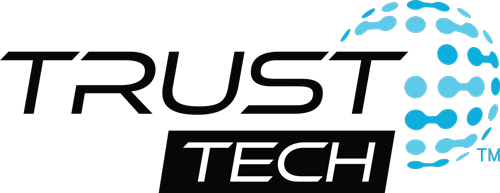IT Managed Services refer to the outsourcing of certain IT functions to a third-party provider, known as a Managed Service Provider (MSP). These services can include server and storage management, cybersecurity monitoring, help desk support, and more. The goal is to improve operations and cut expenses by entrusting the MSP to handle the day-to-day management of IT systems, allowing businesses to focus on their core objectives.
Managed Services can be particularly beneficial for small to medium-sized businesses that may not have the resources to maintain a full in-house IT department. By partnering with an MSP, businesses can gain access to expert knowledge, advanced technology, and round-the-clock monitoring, often at a lower cost than maintaining a comparable level of service internally.
Additionally, Managed Services often come with service level agreements (SLAs) that guarantee response times and service quality, providing businesses with reliability and peace of mind.
Overall, IT Managed Services can be a strategic move for businesses looking to enhance their IT capabilities, improve service quality, and control costs.
